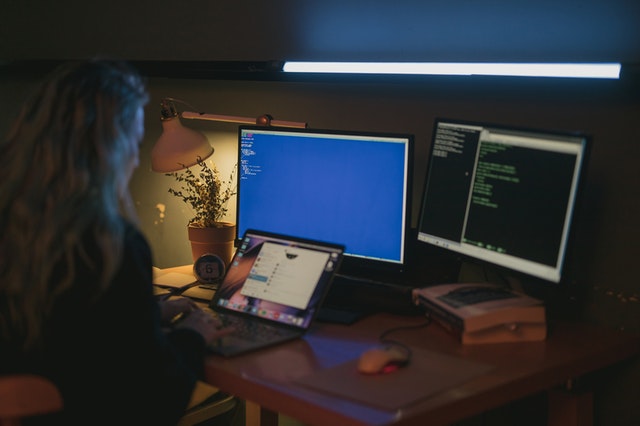Making workplace settings COVID-secure is a difficult endeavor, particularly given the large amounts of uncertainty about the way the virus is transmitted. Having said that, there are plenty of things that can be done to minimize risks, even if they cannot be eliminated completely (it’s worth remembering that in any context, it is impossible to totally eliminate risk – even without COVID). From the shop floor to the factory, to your supply chain, it is important to try and reduce the possibility of someone catching coronavirus, particularly because of regulations around isolation – if one person in the team or factory receives a positive test, everyone else may have to stay off work and quarantine too.

But it is impossible to do everything. So what are the two key ways you can make a workplace COVID-secure.
Social distancing
Distancing workers is one of the most useful ways of ensuring minimal contact and reducing the likelihood of anyone catching the virus. The six-foot rule may be a good way to go, but it’s also worth considering that outside of that distance, with the windows open, the virus has been known to be transmitted as well. This is especially true when workers have to move into one another’s spaces to transfer goods or packaging in order to create a product and pack it into boxes ready for shipping.
This is where conveyor manufacturers can come in handy – they can consult with you about the kind of conveyor which is most useful for you and your needs – to ensure that workers do not have to hand things one over to one another, but that the objects get passed down the production line by something electric. You can even have designated areas on the workplace which people have to stay in, or “zones” – so that not everyone has to isolate if one person gets COVID.
Wearing masks
Wearing masks is useful in preventing the transmission of coronavirus because much of the virus is transmitted through respiratory droplets. Evidence has shown that masks may be one of the best measures we have to counteract this, particularly because they can reduce the amount of viral load transmitted, even if some particles get through – which in turn reduces the severity of coronavirus. It can be best practice to have signs at the door which warn about wearing masks – and someone who oversees workers taking a look at whether employees are, in fact, wearing theirs. Many factories provide masks for their workers, which is useful if they have forgotten theirs, or to ensure they wear a fresh mask everyday. It is easy to just pick up the same mask which was worn yesterday, but this is not actually a good idea in case traces of the virus are on the mask.
It is difficult to do everything to make a workplace COVID-secure, and there are no guarantees. But wearing masks and social distancing are the two pieces of best practice in businesses, governments, and shops around the world – and they’re a good way to start!
